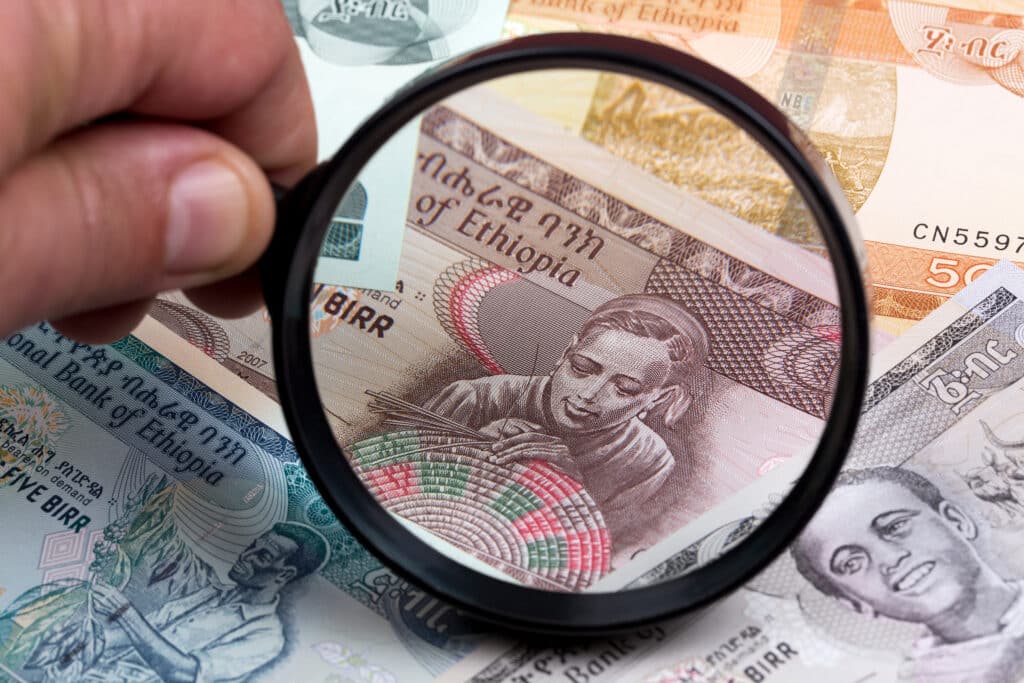
The Challenge of Counterfeit Currency in Ethiopia
Counterfeit currency remains a persistent challenge in Ethiopia, posing risks to businesses, individuals, and the economy as a whole. Fake banknotes, often difficult to distinguish from genuine currency, circulate in the market, leading to financial losses and undermining trust in the local currency. Understanding the impact of counterfeit money and knowing how to detect it is crucial for residents of Ethiopia.
The Problem of Counterfeit Currency:
Ethiopia grapples with the circulation of counterfeit currency, with fake banknotes resembling genuine Ethiopian Birr finding their way into transactions. These counterfeit notes are typically introduced through various illicit means, such as illegal printing operations or smuggling.
Impact on Businesses:
Businesses in Ethiopia are particularly vulnerable to the threat of counterfeit currency. Accepting fake banknotes can lead to significant financial losses, disrupt operations, and erode trust with customers. Small businesses, such as local shops and markets, are often targets for counterfeiters.
Risks to Individuals:
Everyday transactions put individuals at risk of receiving counterfeit money. Whether paying for goods and services or receiving change, there is a chance of unknowingly accepting fake banknotes. This can result in personal financial loss, especially for those with limited resources.
Detecting Counterfeit Currency:
Knowing how to identify genuine Ethiopian Birr is essential for protecting against counterfeit currency. Here are some key features to look for:
- Watermark: Hold the banknote up to the light to see a watermark of the depicted figure or symbol.
- Security Thread: Genuine Ethiopian Birr has a metallic security thread embedded in the paper. Look for this thread, which appears as a thin, silver line and is visible when held up to the light.
- Raised Printing: Authentic banknotes have raised printing that you can feel with your fingers.
- Color-Shifting Ink: Some denominations feature color-shifting ink, where the color of the numeral changes when tilted.
What to Do If You Suspect Counterfeit Currency:
If you come across a banknote in Ethiopia that you suspect is counterfeit, follow these steps:
- Do Not Use or Circulate: Avoid using or passing on the suspected fake money to prevent its spread.
- Report to Authorities: Contact the National Bank of Ethiopia or local law enforcement to report the counterfeit currency. They have specialized units to handle such cases and investigate counterfeit money operations.
Public Awareness and Education:
Raising public awareness about counterfeit currency is crucial. Public education campaigns can help Ethiopians recognize the signs of fake money and understand the importance of vigilance during transactions. By working together and staying informed, we can combat the circulation of counterfeit currency in Ethiopia.
Conclusion:
Counterfeit currency poses significant risks to businesses, individuals, and the Ethiopian economy. By being vigilant, knowing how to detect counterfeit money, and reporting suspected cases, we can protect ourselves and our financial system. Let’s stay informed and take proactive steps to safeguard against counterfeit currency in Ethiopia.
